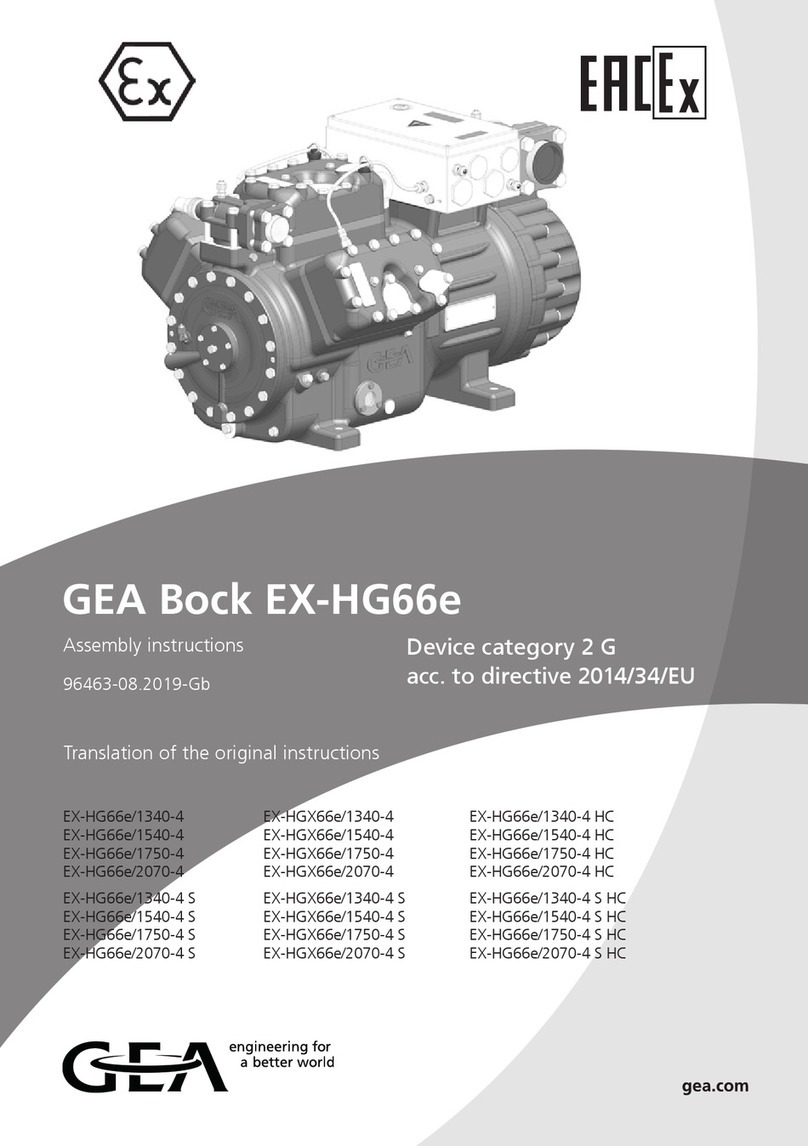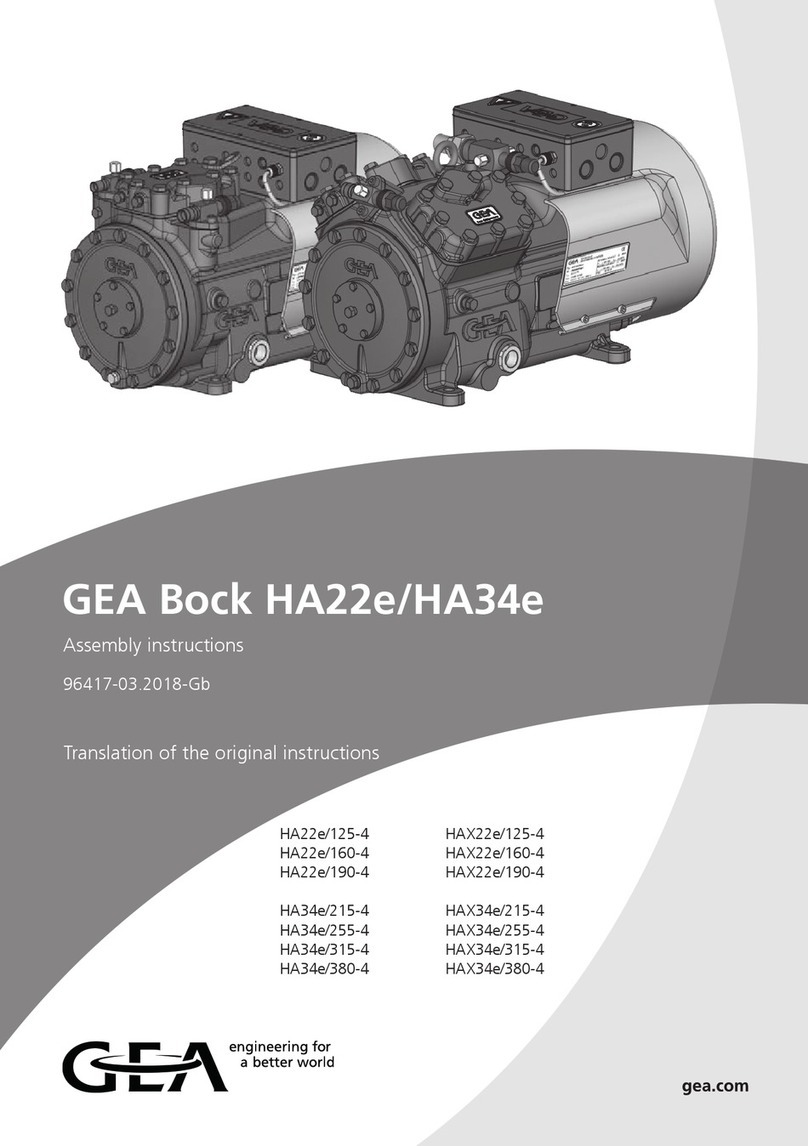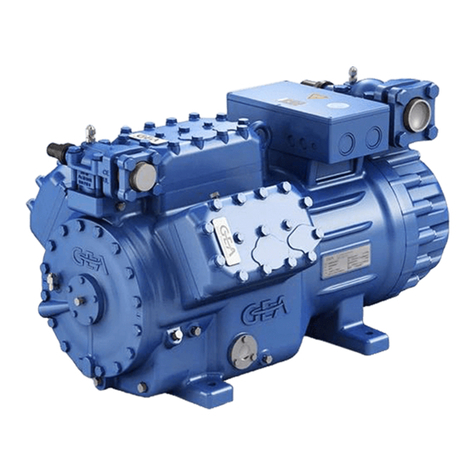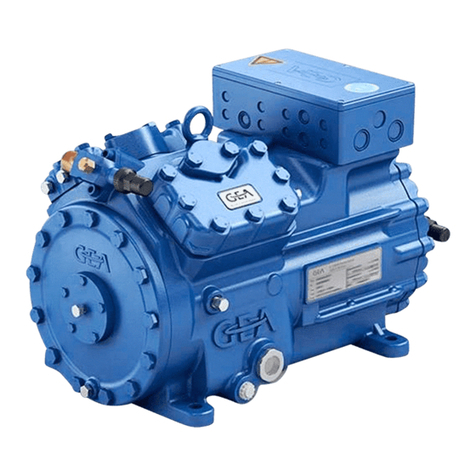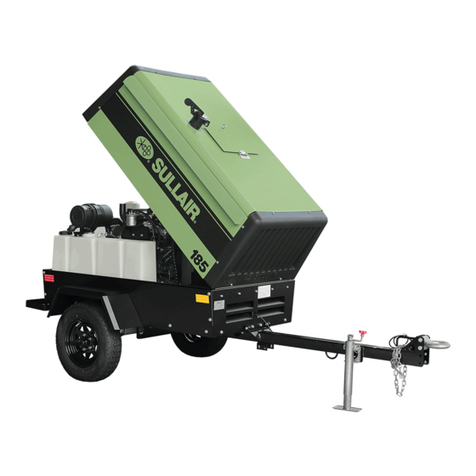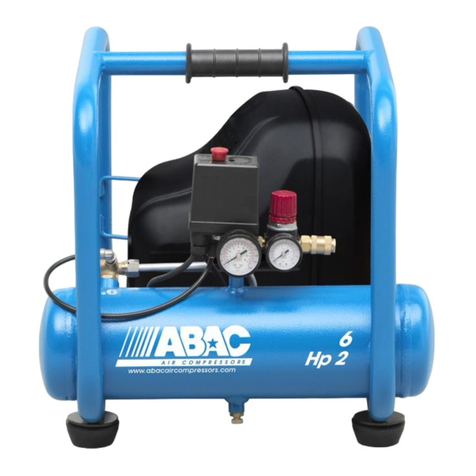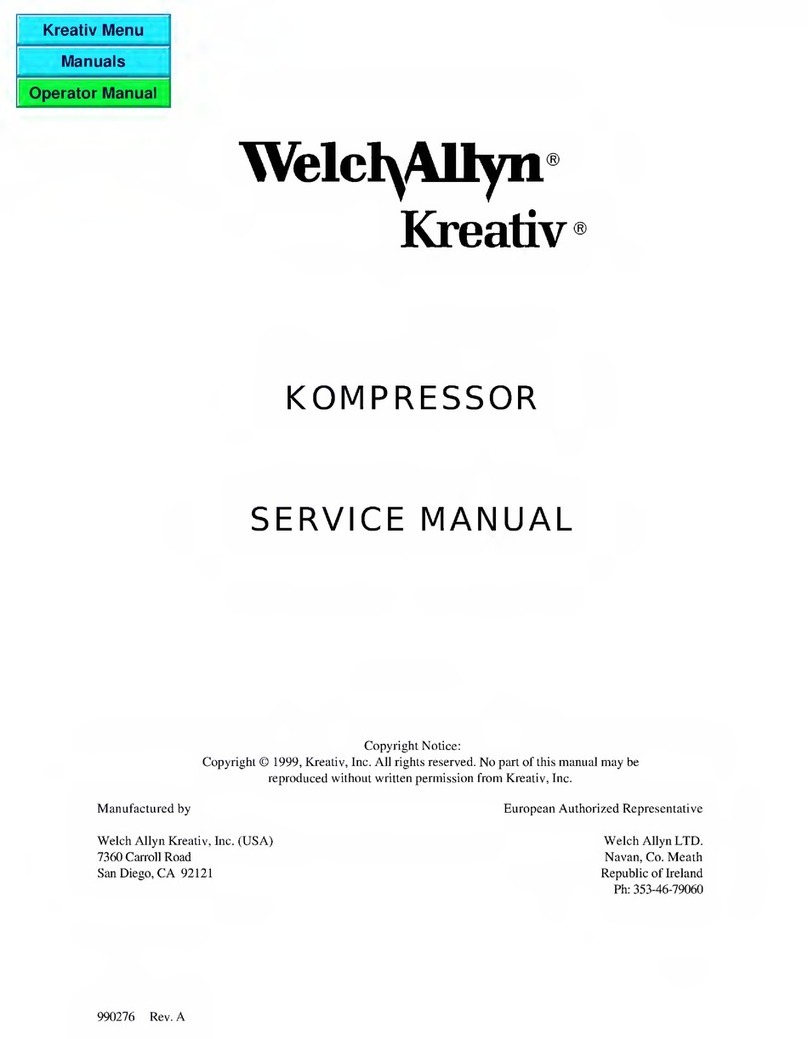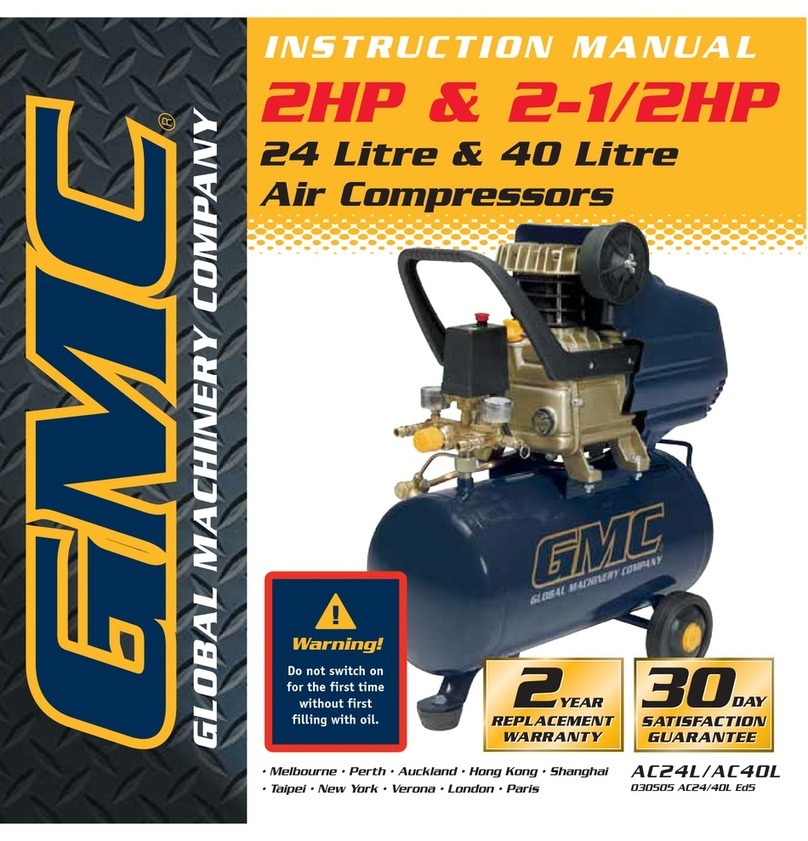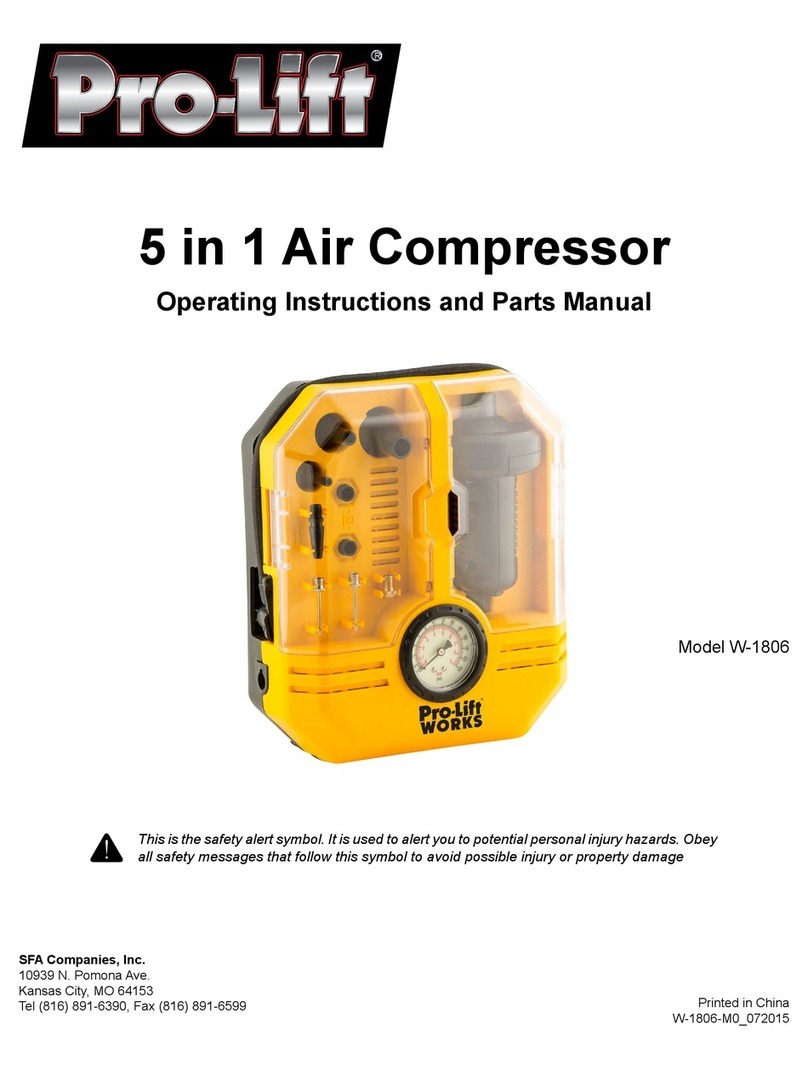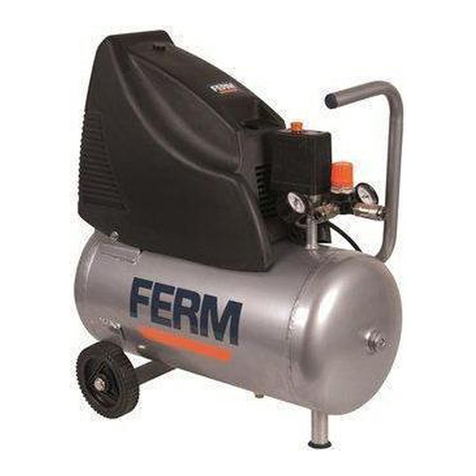GEA Bock FK30 User manual




















This manual suits for next models
18
Table of contents
Other GEA Bock Air Compressor manuals
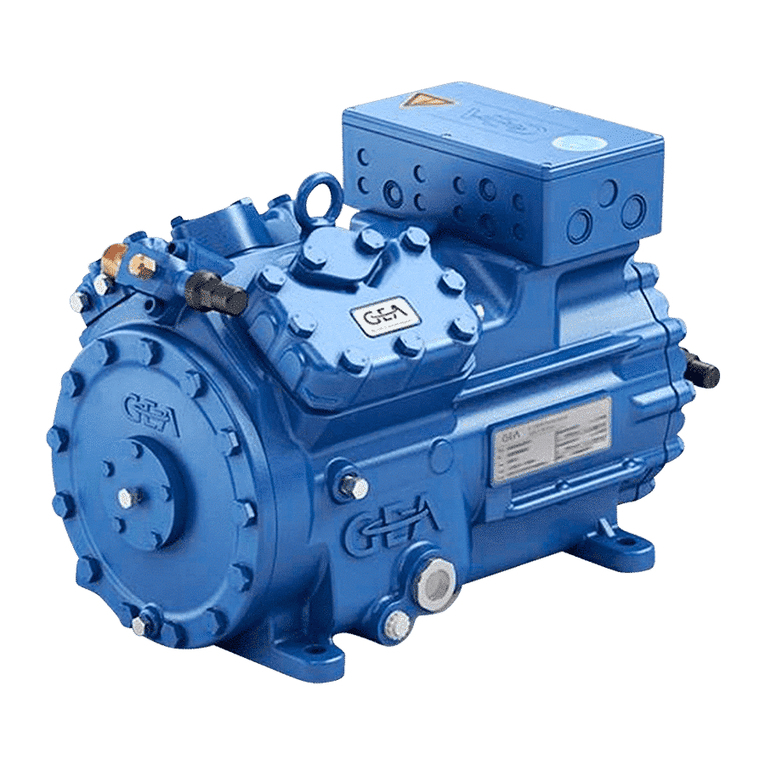
GEA Bock
GEA Bock HG34e A Series User manual
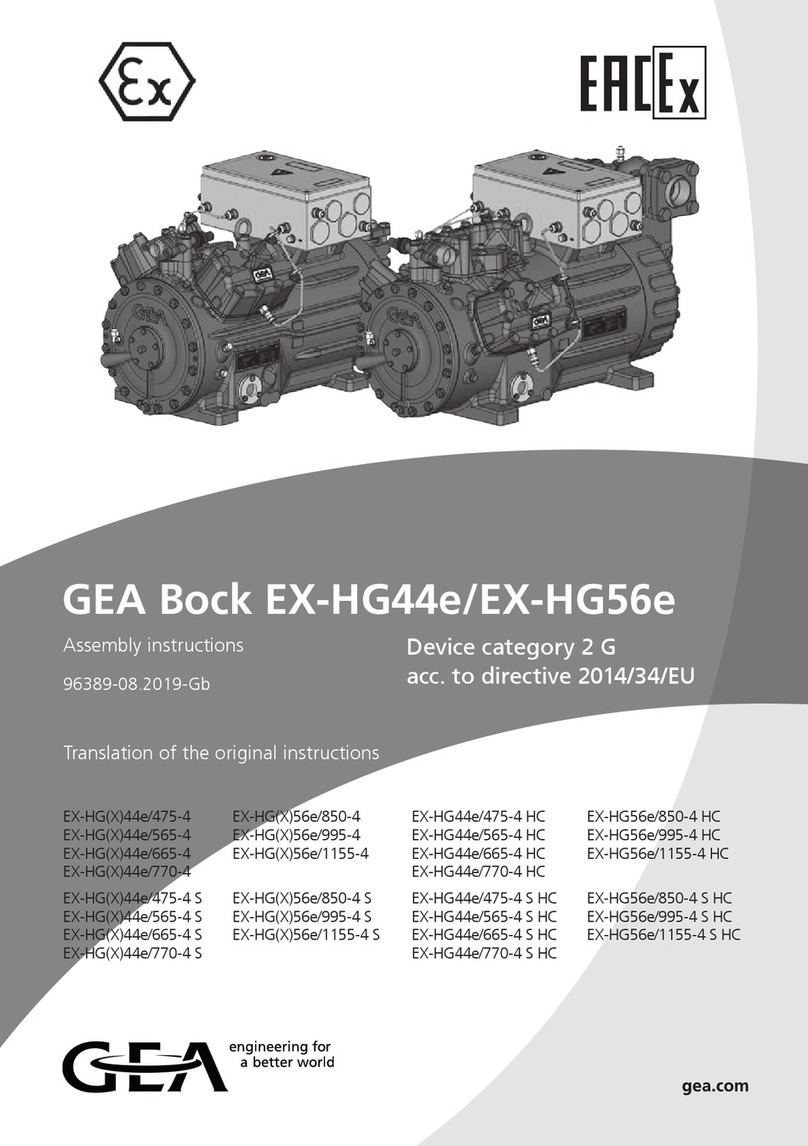
GEA Bock
GEA Bock EX-HG44e Series User manual
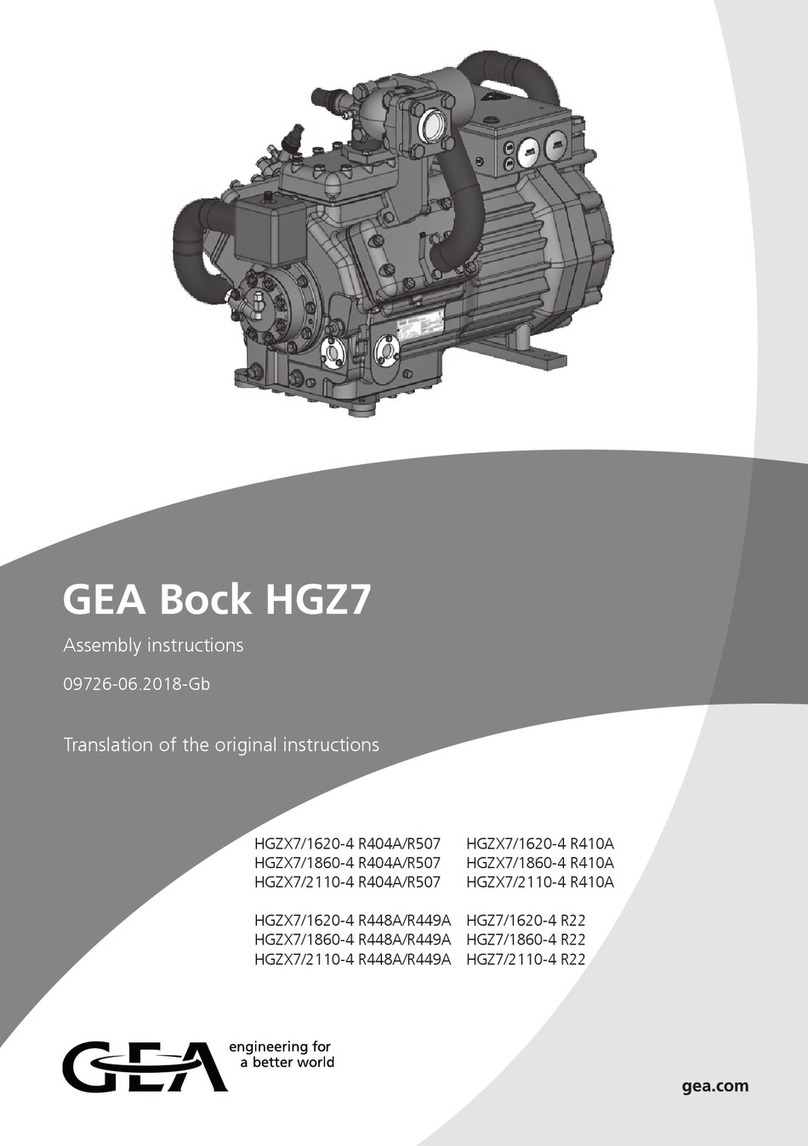
GEA Bock
GEA Bock HGZ7 Series User manual

GEA Bock
GEA Bock HG12P/75-4 User manual
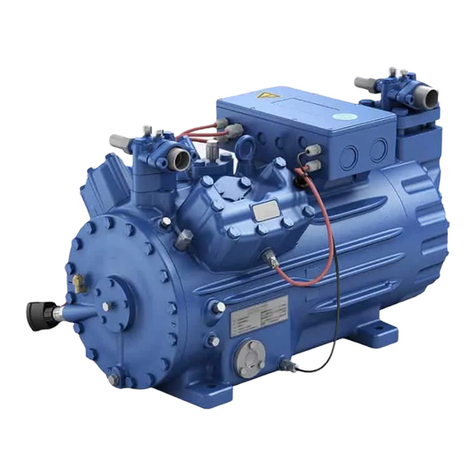
GEA Bock
GEA Bock HGX44e CO2 Series User manual
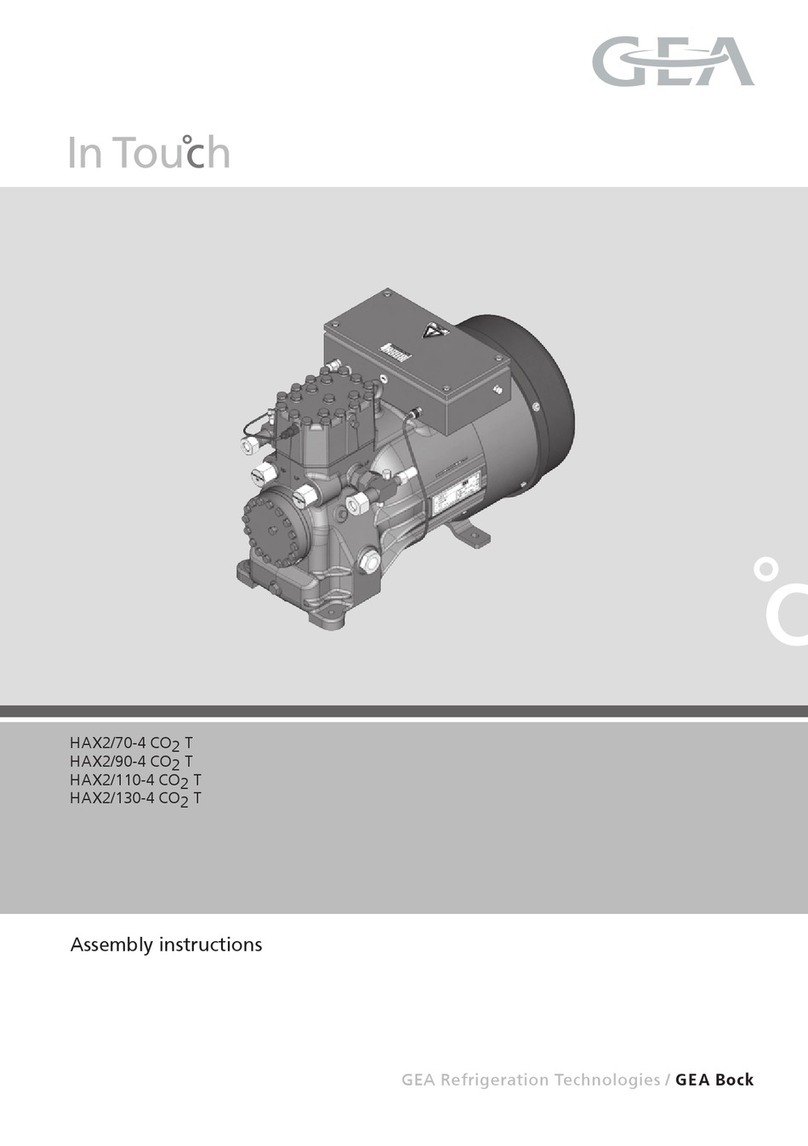
GEA Bock
GEA Bock IN Touch HAX2/70-4 CO2 T User manual
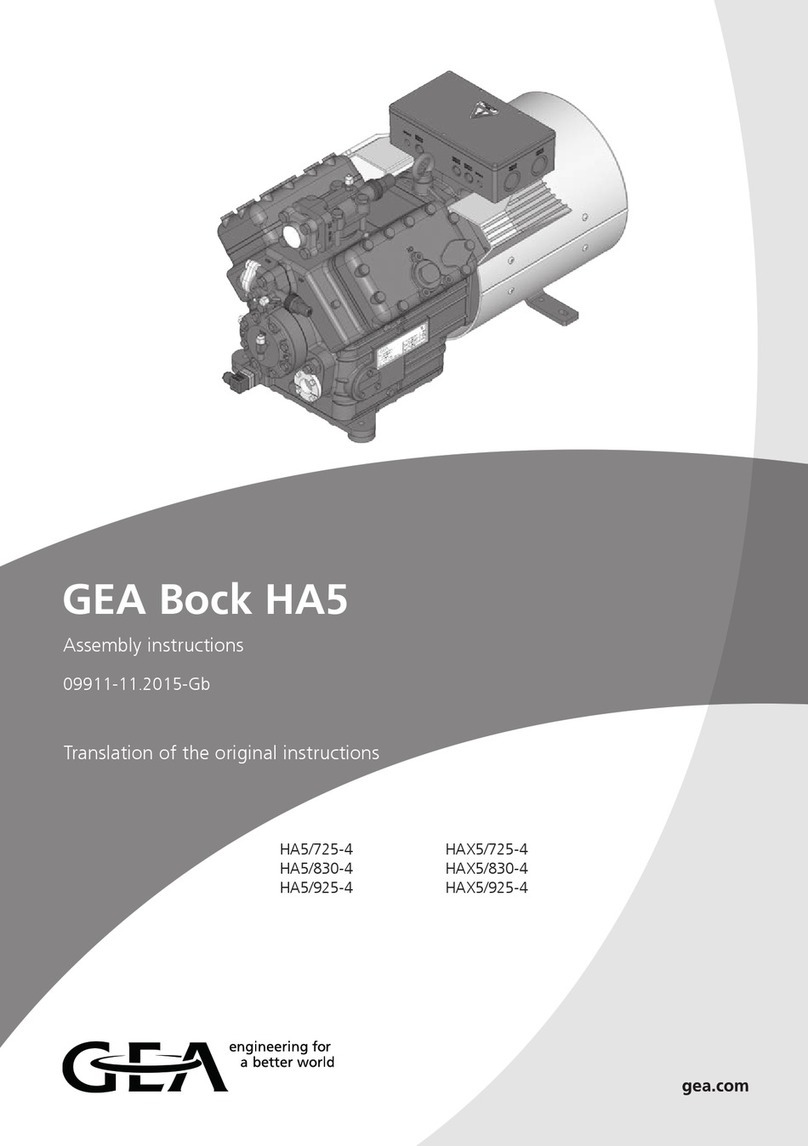
GEA Bock
GEA Bock Bock HA5 User manual
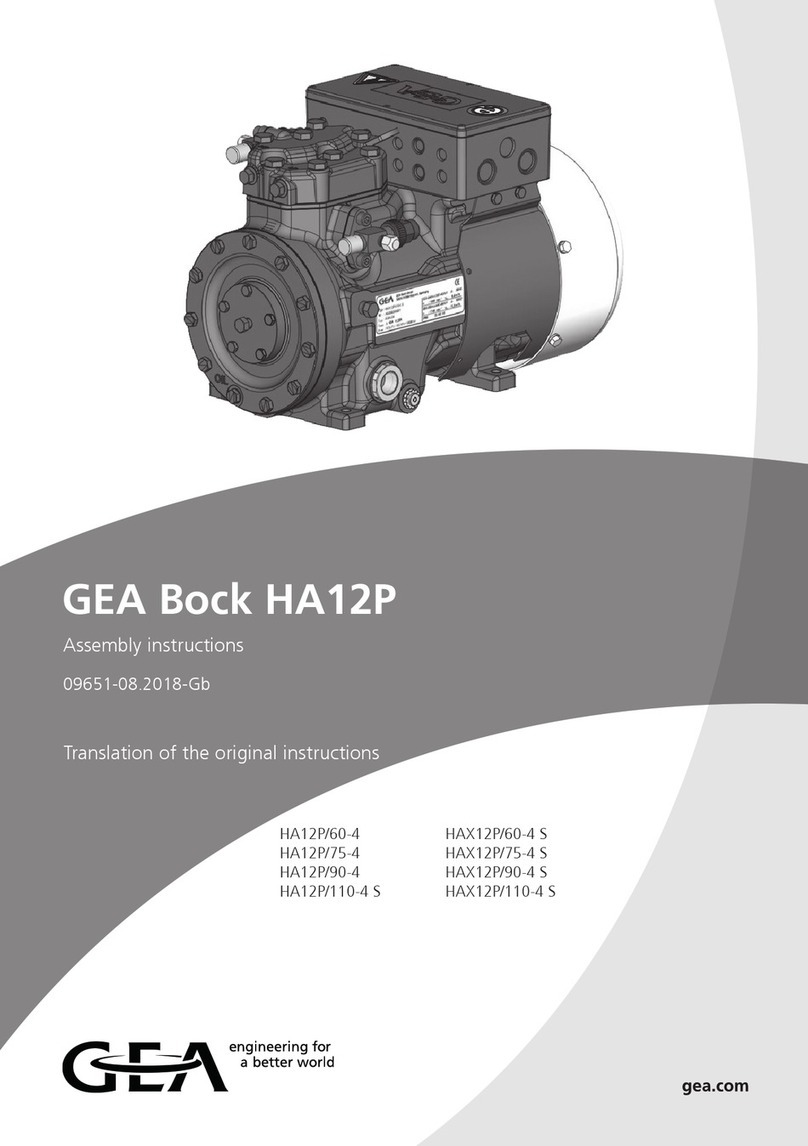
GEA Bock
GEA Bock HA12P User manual
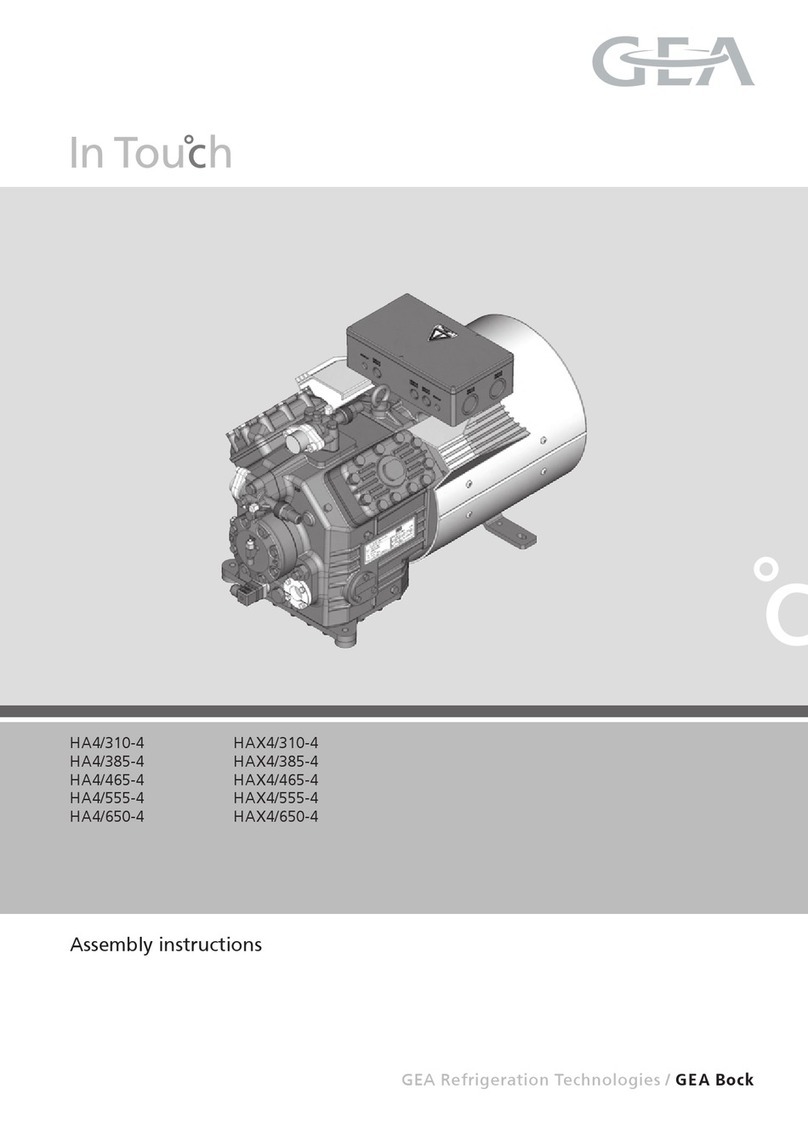
GEA Bock
GEA Bock In Touch HA4/310-4 User manual
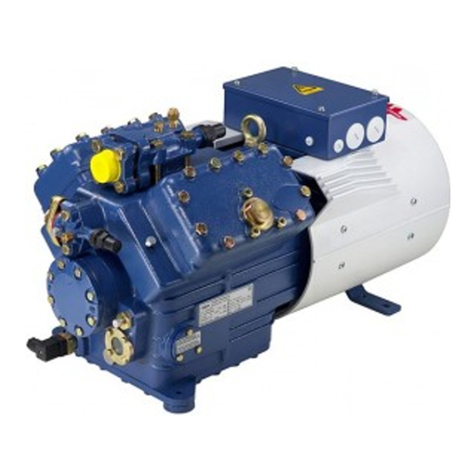
GEA Bock
GEA Bock HA6 User manual
Popular Air Compressor manuals by other brands
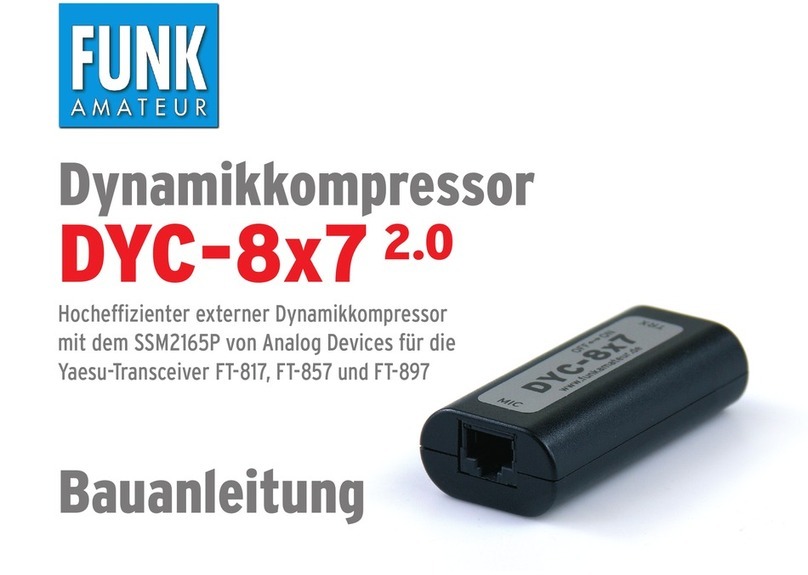
Funk Amateur
Funk Amateur DYC-8x7 2.0 manual

RIDGID
RIDGID GP80150RTB Operator's manual

Porter-Cable
Porter-Cable C2002 instruction manual

Powermate
Powermate 200-2706 E103520 Operator's & parts manual

Clarke
Clarke AIRMASTER 18/200 Operation & maintenance instructions

Allied
Allied Schuco S6000 Operator's manual
